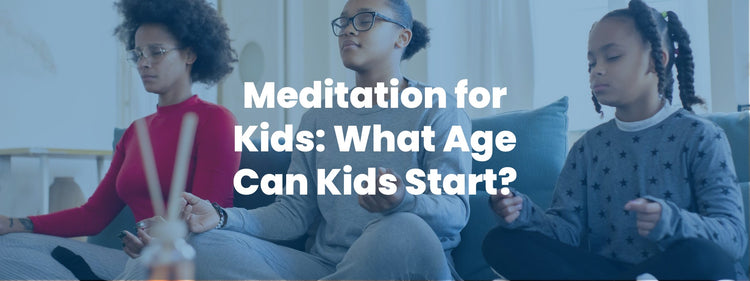How To Help Kids with Anxiety (6 Ways)| Calm Caterpillar

Anxiety is experienced by all humans. Every person, child, and adult, is going to feel anxious at some point, says Eli R. Lebowitz, PhD, director of the Program for Anxiety Disorders at the Child Study Center, Yale School of Medicine. Anxiety is a normal emotion that has a dual purpose. “It prevents us from doing something dangerous and can motivate us as well.”
So how do we keep it from overwhelming and impacting kids’ physical and mental well-being? Below are six ways to help kids manage anxious feelings:
1. Provide a calm and supportive environment
When kids are feeling anxious, it's important to create a calm and supportive environment for them. This can include providing a quiet space to relax and a cuddly lovey. Check out Calmee the Caterpillar, a deep breathing tool for kids that can be used in 3 ways, weighted around the neck, to stretch and expand to practice breathing, and counting for calm.
2. Validate their feelings
Kid’s thoughts, emotions and experiences are real to them. No matter how you think or feel about their experiences, it is important for your children to feel heard, validated and understood. Empathize with your children, imagine what it is like to be in their shoes, and recognize and affirm that their thoughts, feelings and experiences are valid and important. Avoid dismissing their feelings or telling them to "just relax."
3. Teach mindfullness techniques
Deep breathing, visualization, and meditation can be helpful in managing anxiety. Practice these techniques with your child and encourage them to use them when they feel anxious.
4. Practice positive self-talk
While it is still important to recognize negative thoughts and feelings and not attempt to erase them, kids can also learn how to reframe their thinking and focus on their strengths or the lessons they have learned from the challenges they face and big feeling they are experiencing..
5. Encourage physical activity
Exercise and physical activity can be helpful in reducing anxiety, according to this study from the National Institutes of Health. Encourage your child to engage in regular physical activity, whether it's playing a sport, going for a walk, or practicing yoga.
6. Model healthy coping strategies
One of the best ways to help kids navigate big feelings is through modeling healthy coping skills. Kids often learn by example, so it's important to model healthy coping strategies for them. Practice good self-care habits, such as getting enough sleep, eating well, and taking breaks when needed.
Remember that each child is unique, and what works for one child may not work for another. Be patient and persistent in finding strategies that work best for your child.
Check out our mindfulness tools at The Calm Caterpillar! We are here to help. Learn more about the great products and classes that we offer, so that you, your students, or your children can benefit from mindful techniques to reduce and manage anxiety in you life.



